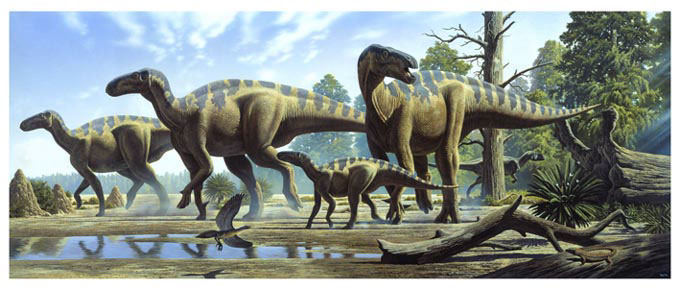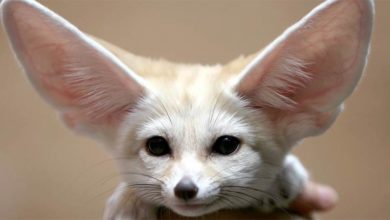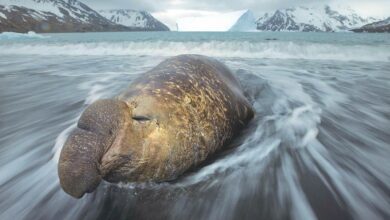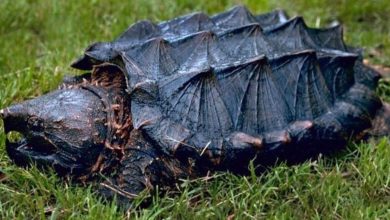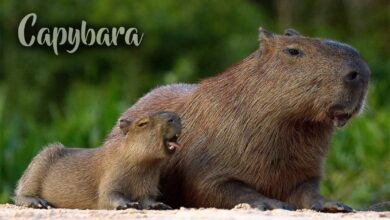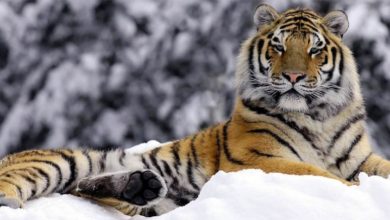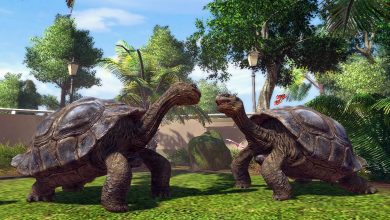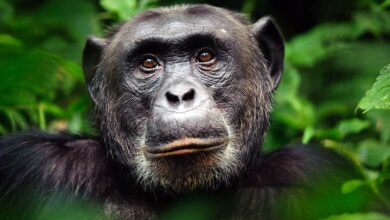The longest and largest ornithopods
The longest and largest ornithopods Top 10
Ornithopoda means “bird feet”, from the Greek ornithos (“bird”) and pous (“feet”).
Ornithopods are a group of ornithischian dinosaurs that started out as small, bipedal running grazers, and grew in size and numbers until they became one of the most successful groups of herbivores in the Cretaceous world, and dominated the North American landscape.
Ornithopoda is an order of dinosaurs that includes a diverse group of herbivorous species that are characterized by their bipedal posture and bird-like feet. They lived during the Jurassic and Cretaceous periods, and were widespread throughout the world.
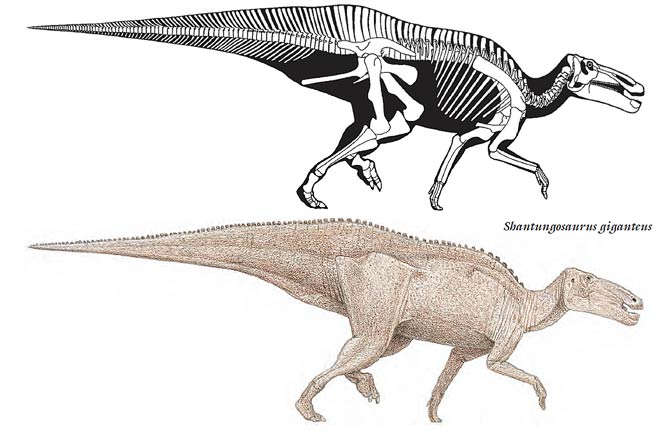
Ornithopods were generally smaller than other groups of dinosaurs, with many species reaching lengths of only a few meters. They had relatively long legs and small, slender bodies, and their feet were adapted for running and walking on two legs. Most ornithopods were herbivorous, and they had beak-like jaws and cheek teeth that were adapted for grinding up plant material.
One of the most well-known groups of ornithopods is the hadrosaurs, or “duck-billed” dinosaurs, which are known for their distinctive crests and head shapes. Other important groups within Ornithopoda include the iguanodontids, hypsilophodontids, and pachycephalosaurids.
Shantungosaurus, meaning “Shandong Lizard”. It is one of the longest and largest known hadrosaurids; the composite skeleton of a medium-sized individual mounted at the Geological Institute of China in Beijing measures 14.72 meters (48.3 ft) in length, and the type skull is 1.63 meters (5.3 ft) long. The weight of this genus is estimated at up to 16 tonnes (18 short tons). With a composite mounted skeleton 16.6 meters long (54.5 ft) it is currently the largest known ornithischian and, indeed the largest non-sauropod dinosaur.
The longest ornithopods Top 10
- Huaxiaosaurus aigahtens: 18.7 m (61 ft)
- Shantungosaurus giganteus: 15–17 m (49–56 ft)
- Hypsibema crassicauda: 15 m (49 ft)
- Hypsibema missouriensis (Parrosaurus): 15 m (49 ft)
- Barsboldia: 12-14 m (39 – 46 ft)
- Edmontosaurus regalis: 9–13 m (30–43 ft)
- Iguanodon bernissartensis: 10–13 m (33–43 ft)
- Magnapaulia laticaudus: 12.5 m (41 ft)
- Saurolophus angustirostris: 12 m (39 ft)
- Ornithotarsus immanis: 12 m (39 ft)
- Edmontosaurus annectens (Anatosaurus): 9–12 m (30–39 ft)
- Kritosaurus sp.: 11 m (36 ft)
- Brachylophosaurus canadensis: 8.5–11 m (28–36 ft)
- Kritosaurus: 11 m (36 ft)
- Parasaurolophus: 10 m (33 ft)
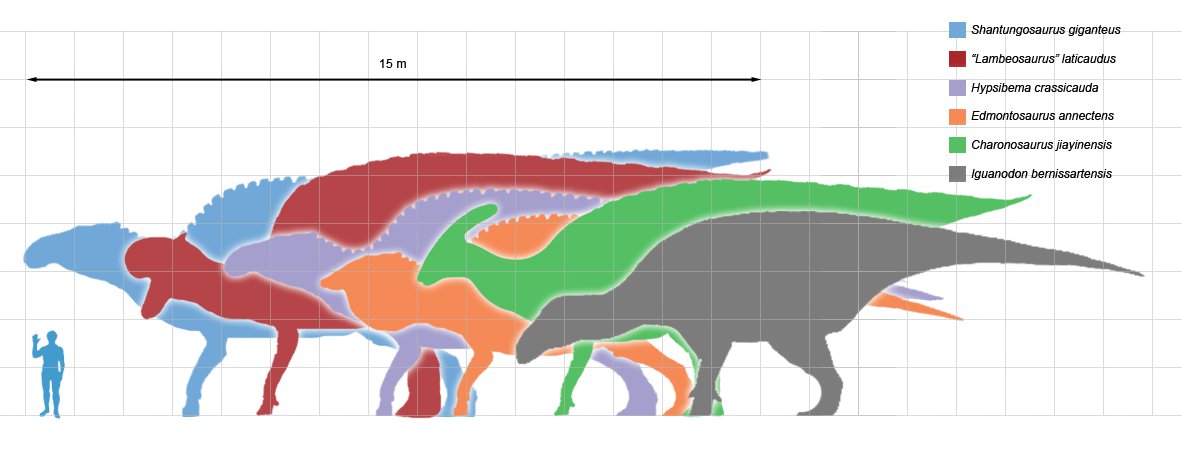
The longest ornithopods Top 10 – update AD 2020
| No | Dinosaur | Length [m] | Length [ft] |
| 1 | Shantungosaurus giganteus | 15.3 m | 50.2 ft |
| 2 | Edmontosaurus annectens | 15.0 m | 49.2 ft |
| 3 | Barsboldia sicinskii | 14.3 m | 46.9 ft |
| 4 | Hypsibema crassicauda | 14.0 m | 45.9 ft |
| 5 | “Hadrosaurus” breviceps | 13.7 m | 44.9 ft |
| 6 | Saurolophus angustirostris | 12.9 m | 42.3 ft |
| 7 | “Trachodon” longiceps | 12.8 m | 42.0 ft |
| 8 | Iguanodon bernissartensis | 12.5 m | 41.0 ft |
| 9 | Magnapaulia laticaudus | 12.5 m | 41.0 ft |
| 10 | Parrosaurus missouriensis | 12.0 m | 39.4 ft |
| 11 | Edmontosaurus regalis | 11.5 m | 37.7 ft |
| 12 | Ornithotarsus immanis | 11.2 m | 36.7 ft |
| 13 | Amurosaurus riabinini | 10.9 m | 35.8 ft |
| 14 | Probrachylophosaurus bergei | 10.6 m | 34.8 ft |
| 15 | Charonosaurus jiayinensis | 10.5 m | 34.4 ft |
| 16 | Delapparentia turolensis | 10.5 m | 34.4 ft |
| 17 | Hypacrosaurus stebingeri | 10.5 m | 34.4 ft |
| 18 | Hypacrosaurus altispinus | 10.4 m | 34.1 ft |
| 19 | Trachodon mirabilis | 10.4 m | 34.1 ft |
| 20 | Saurolophus osborni | 10.2 m | 33.5 ft |
| 21 | Barilium dawsoni | 10.0 m | 32.8 ft |
| 22 | Lanzhousaurus magnidens | 10.0 m | 32.8 ft |
| 23 | Shuangmiaosaurus gilmorei | 10.0 m | 32.8 ft |
| 24 | Iguanacolossus fortis | 9.8 m | 32.2 ft |
| 25 | “Iguanodon” orientalis | 9.8 m | 32.2 ft |
| 26 | Tsintaosaurus spinorhinus | 9.8 m | 32.2 ft |
| 27 | Brachylophosaurus canadensis | 9.7 m | 31.8 ft |
| 28 | Parasaurolophus tubicen | 9.7 m | 31.8 ft |
| 29 | Corythosaurus casuarius | 9.5 m | 31.2 ft |
| 30 | Magnamanus soriaensis | 9.5 m | 31.2 ft |
| 31 | Yunganglong datongensis | 9.5 m | 31.2 ft |
| 32 | Datonglong tianzhenensis | 9.3 m | 30.5 ft |
| 33 | Prosaurolophus maximus | 9.3 m | 30.5 ft |
| 34 | “Hadrosaurus” cavatus | 9.2 m | 30.2 ft |
| 35 | Kritosaurus navajovius | 9.1 m | 29.9 ft |
| 36 | Bayannurosaurus perfectus | 9.0 m | 29.5 ft |
| 37 | Gryposaurus alsatei | 9.0 m | 29.5 ft |
| 38 | Olorotitan arharensis | 8.9 m | 29.2 ft |
| 39 | Augustynolophus morrisi | 8.8 m | 28.9 ft |
| 40 | “Claosaurus” affinis | 8.8 m | 28.9 ft |
| 41 | Lurdusaurus arenatus | 8.8 m | 28.9 ft |
| 42 | Muttaburrasaurus langdoni | 8.8 m | 28.9 ft |
| 43 | Kukufeldia tilgatensis | 8.7 m | 28.5 ft |
| 44 | Parasaurolophus cyrtocristatus | 8.7 m | 28.5 ft |
| 45 | Secernosaurus koerneri | 8.7 m | 28.5 ft |
| 46 | Anasazisaurus horneri | 8.6 m | 28.2 ft |
| 47 | “Brachylophosaurus” goodwini | 8.6 m | 28.2 ft |
| 48 | Corythosaurus intermedius | 8.6 m | 28.2 ft |
| 49 | Plesiohadros djadokhtaensis | 8.6 m | 28.2 ft |
| 50 | Maiasaura peeblesorum | 8.4 m | 27.6 ft |
| 51 | Mandschurosaurus amurensis | 8.4 m | 27.6 ft |
| 52 | Wulagasaurus dongi | 8.4 m | 27.6 ft |
| 53 | Kerberosaurus manakini | 8.3 m | 27.2 ft |
| 54 | Ouranosaurus nigeriensis | 8.3 m | 27.2 ft |
| 55 | Adelolophus hutchisoni | 8.2 m | 26.9 ft |
| 56 | Parasaurolophus walkeri | 8.2 m | 26.9 ft |
| 57 | Gryposaurus notabilis | 8.1 m | 26.6 ft |
| 58 | Gryposaurus latidens | 8.0 m | 26.2 ft |
| 59 | Hypselospinus fittoni | 8.0 m | 26.2 ft |
| 60 | Kamuysaurus japonicus | 8.0 m | 26.2 ft |
| 61 | Laiyangosaurus youngi | 8.0 m | 26.2 ft |
| 62 | Sirindhorna khoratensis | 8.0 m | 26.2 ft |
| 63 | Trachodon cantabrigiensis | 8.0 m | 26.2 ft |
Recommended
- The heaviest ornithopods – Top 10
- The heaviest dinosaurs – TOP 10
- The longest dinosaurs – Sauropods TOP 10
- The heaviest predatory dinosaurs – Theropods TOP 10
- The largest dinosaurs TOP 10
- The longest dinosaurs
- The heaviest dinosaurs

